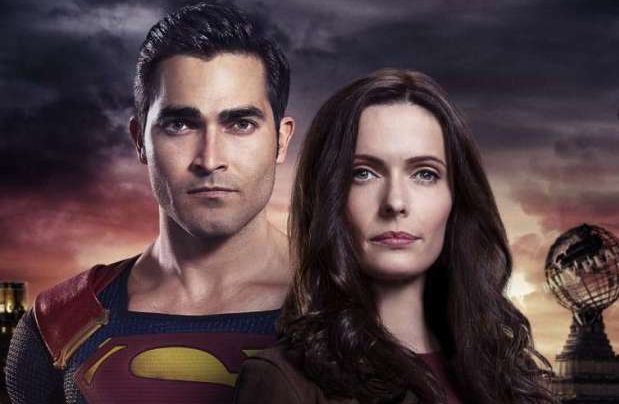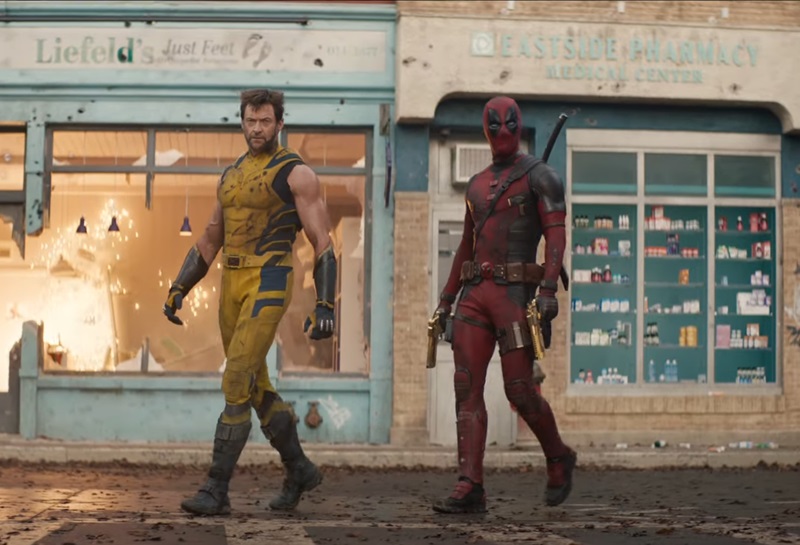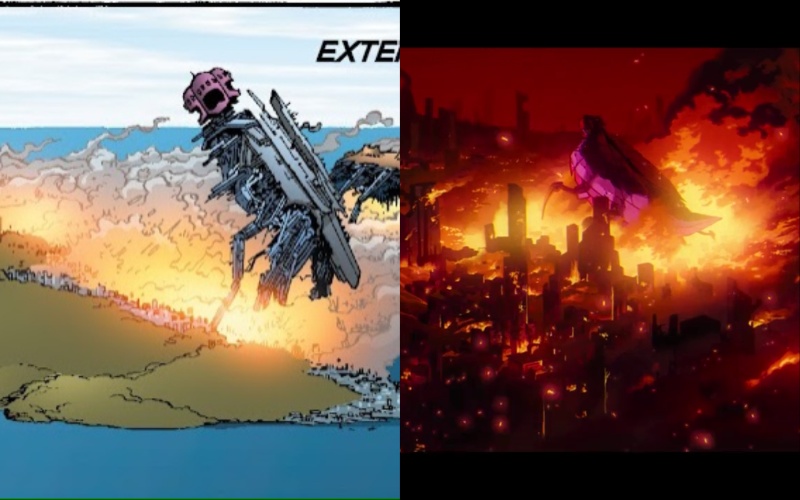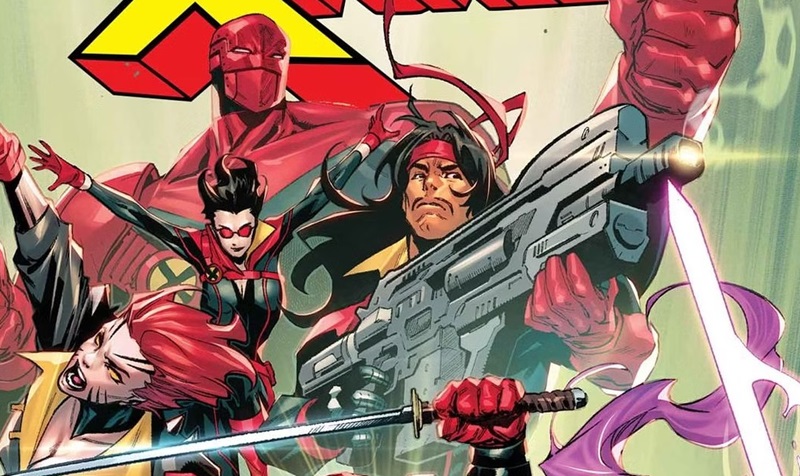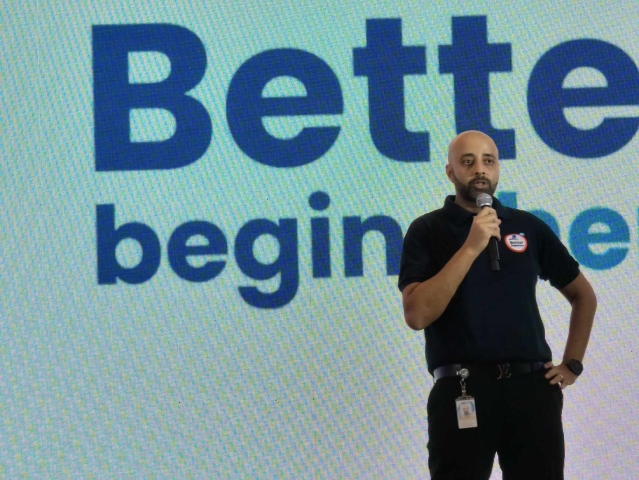Prepare to Die, One Last Time: A Dark Souls III
No franchise in recent history had the infamy of being the most brutal yet rewarding video game experience than the Souls series. What started in 2009 with the innovative yet shocking Demon’s Souls has evolved into what might be the premier name in the Action RPG genre—Dark Souls.
A brutal gaming experience with a story hidden in the equipment and items you pick up during the game as well as in the environment you are in.
2014 brought us the second installment in the series: Dark Souls II. This might have been the game that most Souls fans got into the franchise since it was the first one that was accessible to all 3 main gaming consoles. Aside from the fact stated above, this was the first and only game in the series which Souls—and now From Software–honcho Hidetaka Miyazaki was not in the frontlines.
The effort was well received but a good number of fans felt that the game made too many changes from the original game (including this guy).
It would not take long for Miyazaki to once again head another Souls installment and after heading the Bloodborne project; Dark Souls III was announced last year and subsequently released this year.
Touted as the end of the Souls saga, anticipation and expectations for the game was at an all-time high.
So, how did the so-called grand finale performed?
Well, here’s my review of Dark Souls III:
Gameplay:
Dark Souls III introduced the “Weapon Arts” feature which lets the players perform special actions that are associated with the user-equipped weapon. Now, you can perform faster combos, create buffs and even re-create combos done by bosses—that is if your character has those weapons already.
Another big change was going back to the FP meter from Demon’s Souls and letting go of numbered quantities for sorceries, hexes and pyromancies. Most Weapon Arts effects also make use of this feature.
Once your out of Focus Points, you pop your Ashen Estus flask to refill your lost FP points. The franchise also introduced the allocation system for both Estus flasks—meaning that you can properly divide the number of times you can use them.
Aside from those things, the Series went back to a formula that reminds us fans more of the first installment rather than the second.
The parry animation has been restored to the original set of frames as well as a varied set of bosses—which was a main concern of the second game.
Boss fights now have become more interesting with the introduction of definitive phases during a fight—an idea which was also borrowed from Bloodborne. Combat seems a lot more varied as it rewards stoic and aggressive players on an equal scale.
Lastly, a central hub for players was re-introduced, which lets you travel through various locations via the bonfire (kinda like the one from Demon’s Souls and Bloodborne) and everything is centralized has been centralized into one area.
Overall, the gameplay has been improved to make me say that the guys at From Software really listened to our concerns.
After taking a look at the gameplay mechanics, let us now
analyze the graphics and sound quality found in the game.
Audio and Visuals:
The game takes how Bloodborne felt and built on that for the world of Dark Souls III that shows a clear amalgamation of the former with the first installment of the series. The land of Lothric felt very lush and the lighting of the stages really improved the whole experience.
The variety of locations reminds me more of Dark Souls I, especially how areas are interconnected but still keep their own individual appeal.
My only concern was that there were times when the rendered textures would appear late by a second or so. Some frame rate drops here and there but nothing as bad as we have experienced in the previous installments.
Now, let’s talk about the audio part of this game and let me start by saying that the background noises really helped in making the play through a special one.
Enemy voices were crisp, background sound are very clear as exemplified by how crisp the noise of a burning fire sounded like.
Then, the scores for the boss battles are just amazing. Lore elements were even implemented in some tracks which can give long-time fans goosebumps.
Overall, the game had a harmonious marriage of stunning visuals and inspired use of background music and effects—something that really helps in projecting a very grim atmosphere.
Overall Verdict:
Dark Souls III might be the best game in the Souls-Borne saga. Everything felt right and the game does feel like it might be the last installment in the series and Miyazaki wanted to drop the mic with a masterpiece.
I can see this game getting nominated for Game of the Year honors just like its predecessors but more importantly this game solidifies the franchise as one of the few Triple A IPs that consistently releases great games.
Dark Souls III gets a 9.5 out 10 from me.
Probably, the best game in the whole series and a fitting finale to a fan favorite IP.




